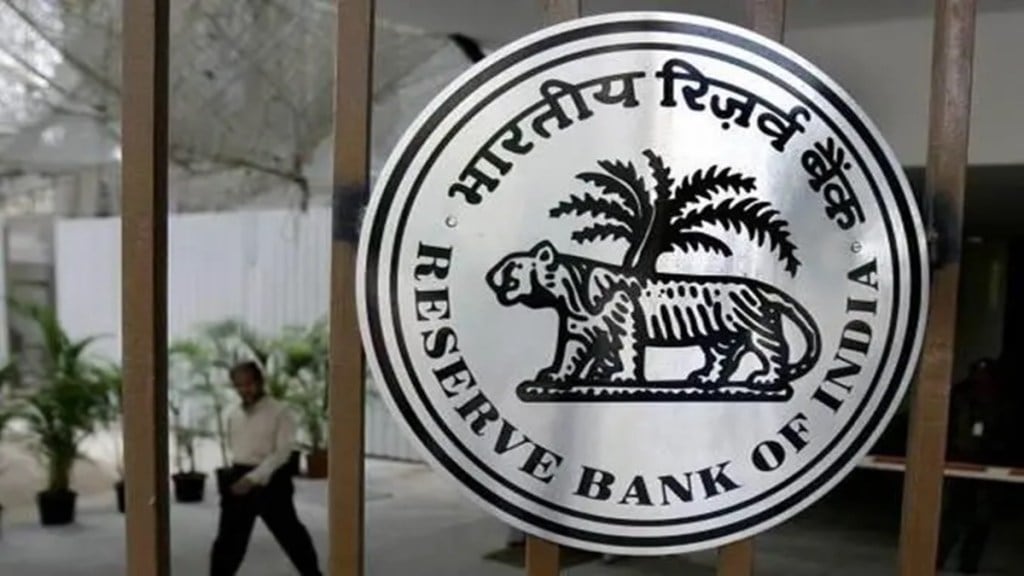The Reserve Bank of India’s Monetary Policy Committee on Friday unanimously decided to keep the key interest rates unchanged at 6.50 per cent, in line with market expectations. The RBI’s MPC voted by a 5:1 majority to keep key rates unchanged at 6.50 per cent. The policy stance is also maintained at ‘withdrawal of accommodation’, said Shaktikanta Das. Economists and experts welcomed the move by the central bank, stating that RBI has enough space for holding repo rate steady, while maintaining that a rate cut is expected from the third quarter of FY25 onwards. Suvodeep Rakshit, Senior Economist, Kotak Institutional Equities, said, “The decision to pause along with no change in stance was in line with our expectation. The RBI has enough space for holding repo rate steady, with its FY2025 GDP growth being quite strong at 7 per cent in order to target the 4 per cent inflation mark. We continue to expect a shallow rate cut cycle from Q3FY25 onwards with the stance changing to neutral in the end-Q2FY25 or along with the rate action.”
Per economists, RBI will not go for rate cuts before the US Fed starts its rate cut cycle. Parijat Agrawal, Head – Fixed Income, Union Mutual Fund, said, “We expect rate cuts in the 3rd quarter of FY25, possibly after the US FOMC starts rate cut cycle. RBI is expected to keep liquidity neutral so that further transmission of higher rates can continue.”
Umeshkumar Mehta, CIO, SAMCO Mutual Fund, added, “India’s central bank is in sync with the world central banks such as the US Fed, Bank of England, ECB and PBOC in keeping its interest rates unchanged. India stands strong like a rock amongst other economies and our expectation is that interest rates will start pivoting sometime around the last quarter of this calendar year.”
Dr Manoranjan Sharma, Chief Economist at Infomerics Ratings, said, “The policy rate cuts may happen in a gradual and calibrated manner from June 2024 onwards because of the downward trending inflation trajectory and the trade-off between growth and inflation. There is a distinct possibility of 75 basis points cut in the policy rate in FY 25.”
The RBI’s action on the interest rate also suggests that when needed, the aim of financial stability may even precede inflation. Madhavi Arora, Lead Economist, Emkay Global Financial Services, said, “As we expected, the MPC policy took recognition of the fluidity of global narratives, even though domestic dynamics have stayed favorable. This suggests that when needed, the aim of financial stability may even precede inflation management.” She further added that the RBI’s tone will “slowly tiptoe to ‘Gracklish’ from the usual ‘Hawk-Dove’ signaling, implying a non-committal stance and limited definite forward guidance ahead”.
The RBI also retained a GDP growth forecast of 7 per cent for FY25, with June quarter growth at 7 per cent, and September quarter at 6.9 per cent. In the third and fourth quarter, the growth is expected to be 7 per cent each. This is lower than the 7.6 per cent expansion estimated for FY24. Sanjeev Agrawal, President, PHD Chamber of Commerce and Industry (PHDCCI), said, “As the third quarter of FY23-24 GDP surprised with a significantly high growth of 8.4 per cent, the current financial year is also expected to give such surprises on the back of robust economic activity and enhanced resilience of the economy.”
Aditi Nayar, Chief Economist, Head- Research & Outreach, ICRA, said, “In spite of the upward revision in the NSO’s forecast for GDP growth in FY2024 (to 7.6 per cent in the Second Advanced Estimates or AE from 7.3 per cent in the First AE), the MPC presciently kept its own growth projection for FY2025 unchanged at a robust 7.0 per cent. It marginally tweaked the quarterly forecasts, while keeping them centered in a narrow range of 10 bps around the 7.0 per cent mark for each of the four quarters. This is at odds with our expectations.” ICRA further projects the growth outcomes to be quite uneven through the year, with moderate prints of 5.5-5.9 per cent in H1, followed by a pick-up to 7.1-7.2 per cent in H2 aided by a back-ended Government capex after the General Elections and the monsoon season, a likely pick-up in private capex, improved rural demand if the monsoon turns out to be favourable, and some improvement in export growth.
The review meeting of the MPC that commenced on April 3 concluded today. The RBI had maintained the status quo on policy rates and stances in its last review as well, which was held in February 2024.

